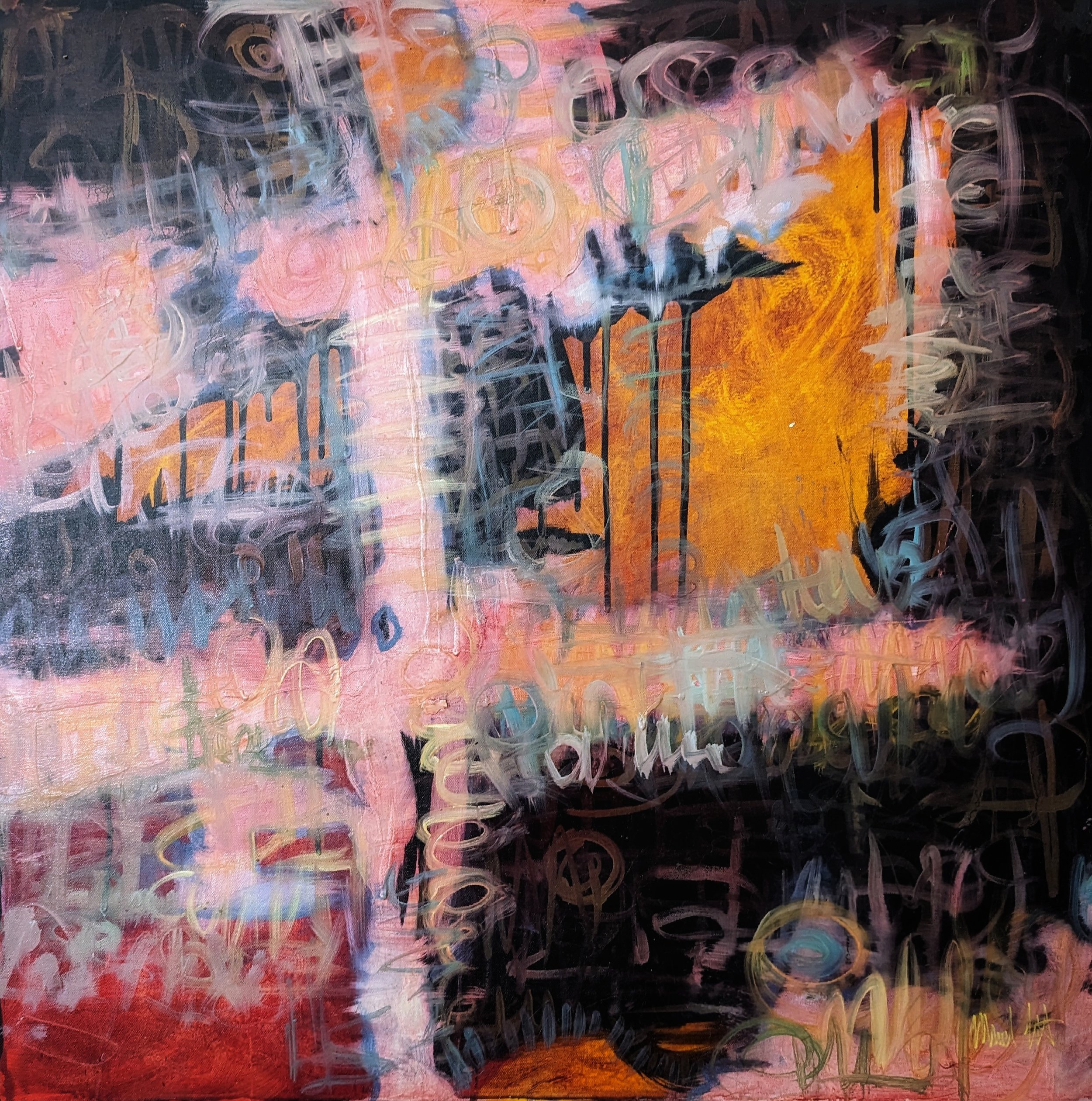I went thru a painter's block for about ten years. I would start paintings and would not finish them because I didn't like the direction they were heading. It wasn't until covid hit in 2020 that I had more time to focus on my ideas. I was furloughed from my full time job for about 6 months.I felt more creative and was able to finish several paintings. The non-stop creative juices have continued until today.
I started documenting the painting process thru video and posting it on social media. Each painting takes months to finish. Feel free to add me or follow me on Instagram: https://www.instagram.com/mcortezruiz/profilecard/?igsh=MWRjdDM3d3J2ZmgxdQ==
Most of the new work is for sale. Contact me for more details. If you live in Chicago you can set up a studio visit and see these in person.
If you live somewhere else we can set up a video chat and i can show you the piece that you're interested in.
Payments can be processed via Venmo, CASH app, or PayPal or Zelle.
Contact for more details: mcortezruiz@gmail.com
Untitled
Oil and acrylic on canvas
50” x 46”
2025
Review by Esperanza Zabala
We can analyze this Miguel Cortez’s Artwork through several lenses, such as expressionism, automatism, semiotics, and the aesthetics of the grotesque.
1. Expressionism and the Unconscious
The painting features intense colors, gestural brushstrokes, and a chaotic composition, which aligns with expressionist traditions. Like Jean Dubuffet’s Art Brut, this piece appears to reject classical beauty, instead embracing raw, unfiltered emotion. The distortion of forms and seemingly subconscious mark-making suggest an automatic painting process, reminiscent of the Surrealists (e.g., André Masson’s automatic drawings).
2. Semiotic Disruption: Signs Without Fixed Meaning
The painting contains glyph-like shapes, reminiscent of both urban graffiti and ancient pictograms. These forms do not clearly correspond to known symbols, making the viewer struggle between recognition and abstraction. This semiotic play can be related to Roland Barthes’ idea of the “death of the author”, where meaning is left open-ended for the viewer’s interpretation.
3. The Grotesque and Hybrid Forms
The composition suggests biomechanical, almost mutated structures. This aligns with Mikhail Bakhtin’s concept of the grotesque, where the body is fragmented, exaggerated, or fused with machinery, recalling Francis Bacon’s fleshy distortions or HR Giger’s bio-surrealism.
4. Posthuman and Cybernetic Readings
Some elements resemble circuitry, industrial structures, or anatomical components, positioning the painting within a posthuman framework. Thinkers like Donna Haraway (in A Cyborg Manifesto) discuss how humans and technology are increasingly fused, a theme that resonates here through the mix of organic and synthetic-looking shapes.
5. Psychogeography and Urban Influence
The layered, almost architectural forms resemble cityscapes, suggesting an unconscious mapping of memory and urban experience. This could be linked to psychogeography, a concept developed by the Situationists (e.g., Guy Debord), where space is experienced emotionally rather than functionally.
Conclusion
Miguel Cortez’s painting operates in a liminal space between automatism, expressionism, semiotics, and posthuman aesthetics. It resists definitive interpretation, instead inviting the viewer to navigate a symbolic labyrinth where meaning emerges through subjective associations and emotional responses.
Phosphene #1
Oil and acrylic on canvas
30" x 40"
Miguel Cortez
2024
Phosphene #2
Oil and acrylic on canvas
30" x 40"
Miguel Cortez
2024
Phosphene #3
Oil and acrylic on canvas
30" x 30"
Miguel Cortez
2024
Untitled
Oil and acrylic on canvas
30" x 30"
Miguel Cortez
2024
Untitled
Oil and acrylic on canvas
24" x 36"
Miguel Cortez
2024
The Emergence of Reality #1
Oil and acrylic on canvas, 30" x 30”
Miguel Cortez, 2023
SOLD
"The Emergence of Reality" is an abstract painting series that explores the blurred lines between dreams and reality. Through the use of bold brushstrokes and a dynamic dark and earthy color palette, this painting evokes a sense of movement and change, representing the fluidity of the mind as it navigates the different states of consciousness.
The layering of different hues and textures within the painting creates a sense of depth and complexity, symbolizing the many layers of the human experience. The painting invites the viewer to consider the ways in which reality is constructed and perceived, and the constant shifting of our understanding of ourselves and the world around us.
The secret chamber
Oil and acrylic on canvas, 30”x30”
2023
Behind the mask
Oil and acrylic on canvas, 30”x30”
2024
Urban Chaos
Oil and acrylic on canvas, 50”x46”
2023
A.I. Kline
oil and acrylic on canvas
30” x 30”
2023
“With some of my most recent work I've started to use A.I. as a starting point for ideas. There's a website called Midjourney where you sign up to use their artificial intelligence bot and what it does is generate images based on the text that you type. So one day I typed in "abstract painting with dripping paint in the style of Franz Kline"and it generated several images. I liked one and used the composition to start a painting. My goal wasn't to duplicate it but for it to be a spark in my new creation.”
Multi-Verse glitch #1
oil and acrylic on canvas
30” x 30”
2023
SOLD
Dream #9
Oil and acrylic on canvas, 30”x30”
Miguel Cortez, 2022
Dream #7
Oil and acrylic on canvas
20” x 30”
Miguel Cortez, 2022
Transition 1
Oil and acrylic on canvas
20” x 30”
2022
Transition 3
Oil and acrylic on canvas
20” x 30”
2022
Dream #8
Oil and acrylic on canvas
50” x 44”
2022
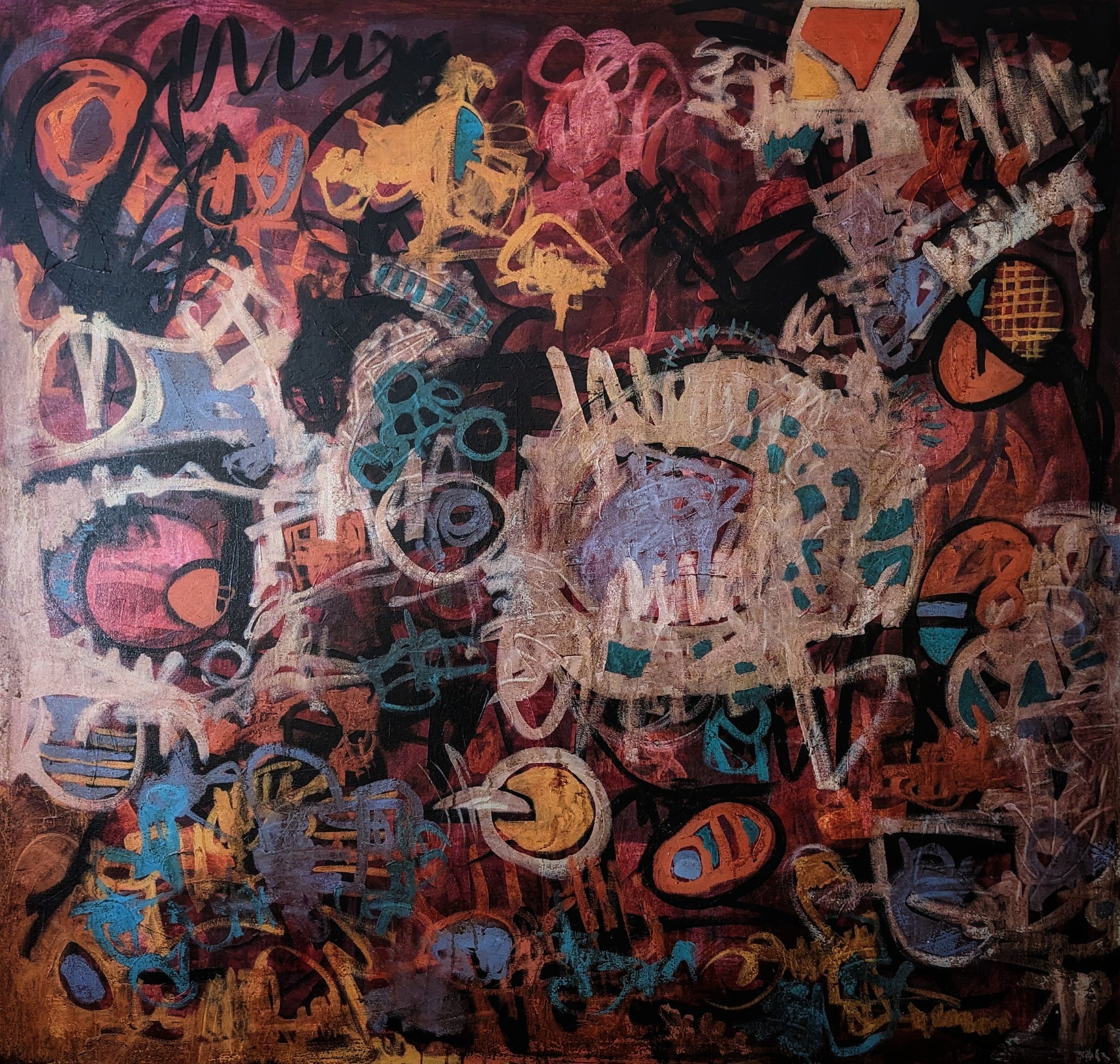
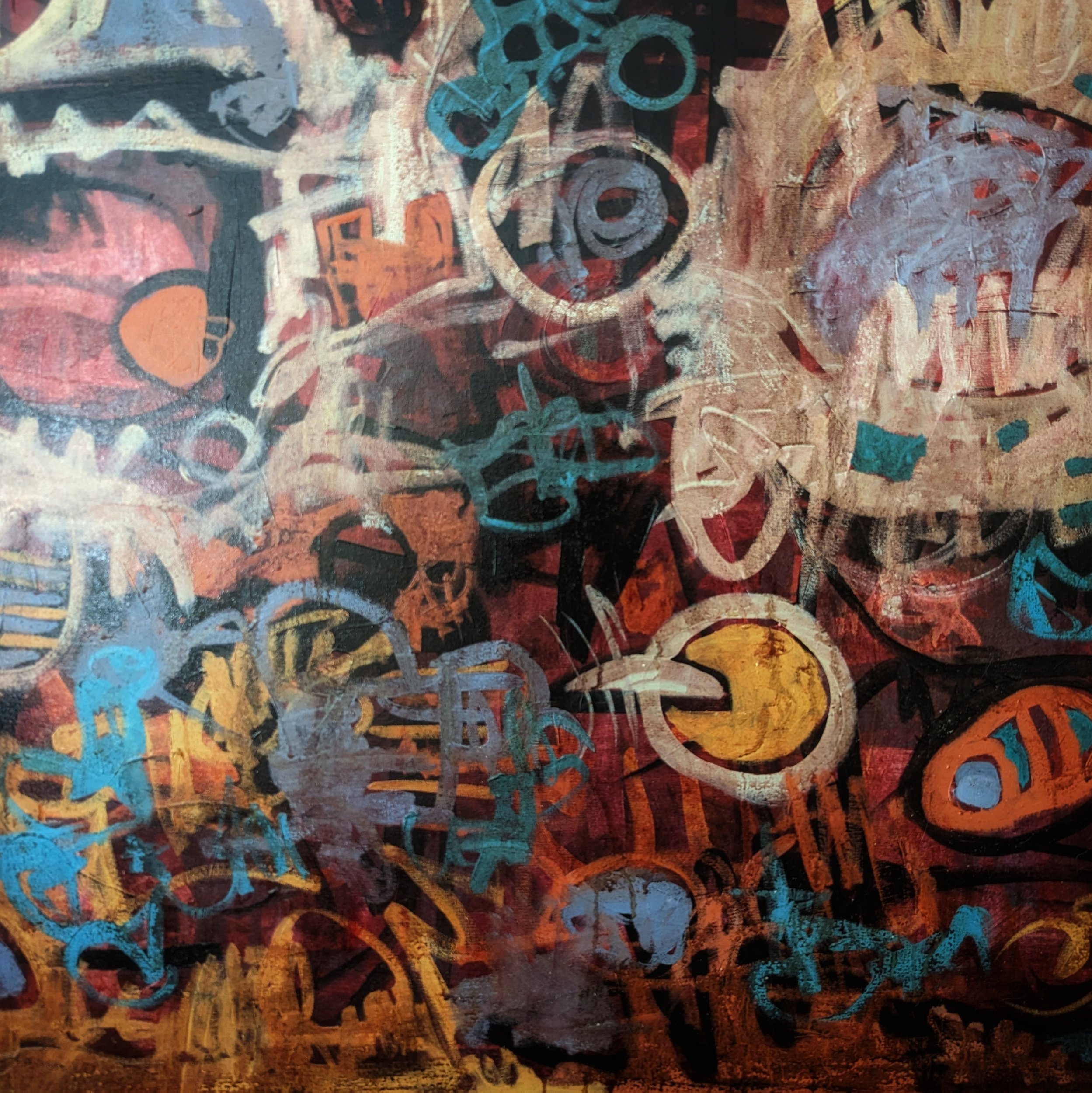
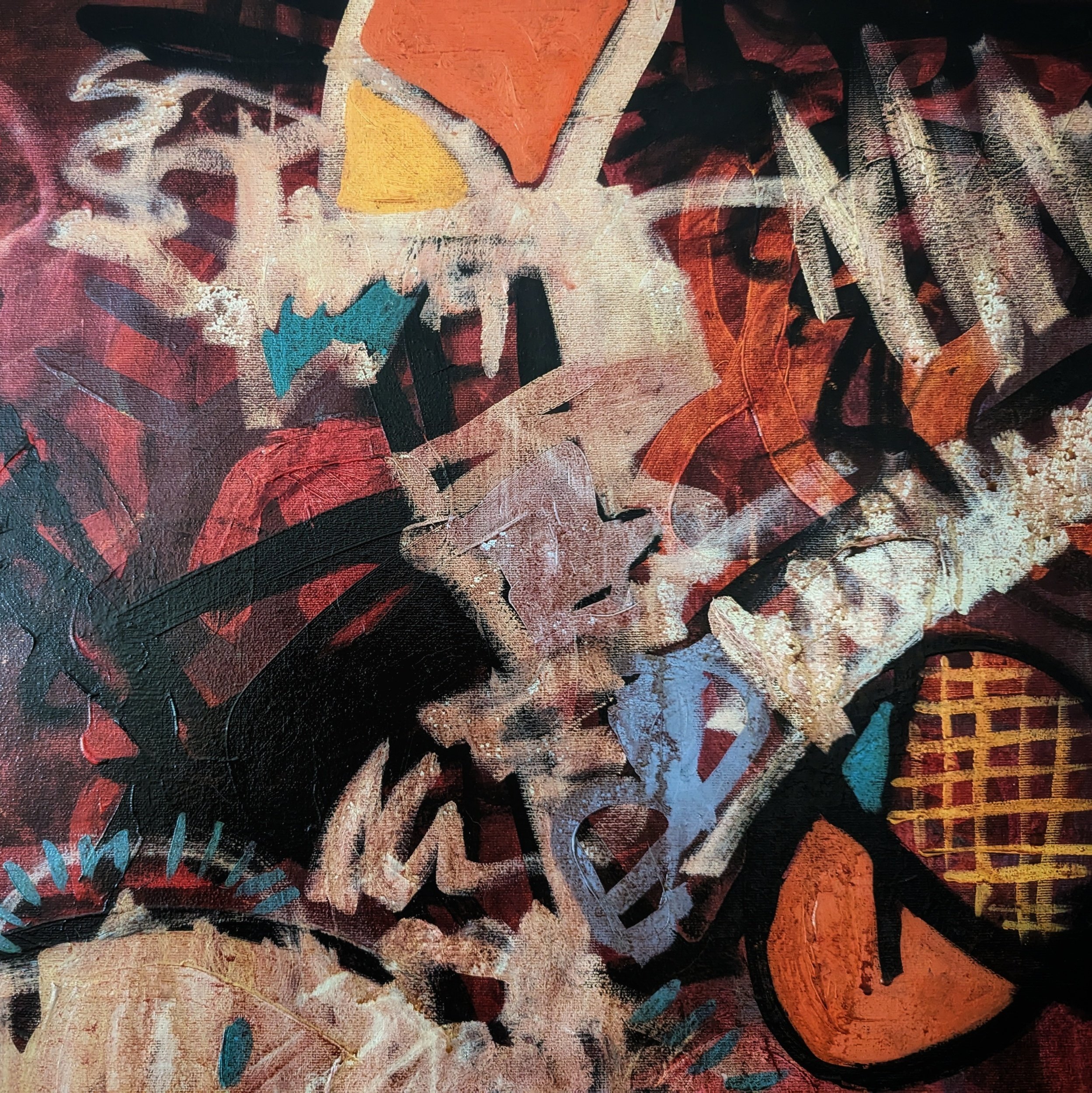
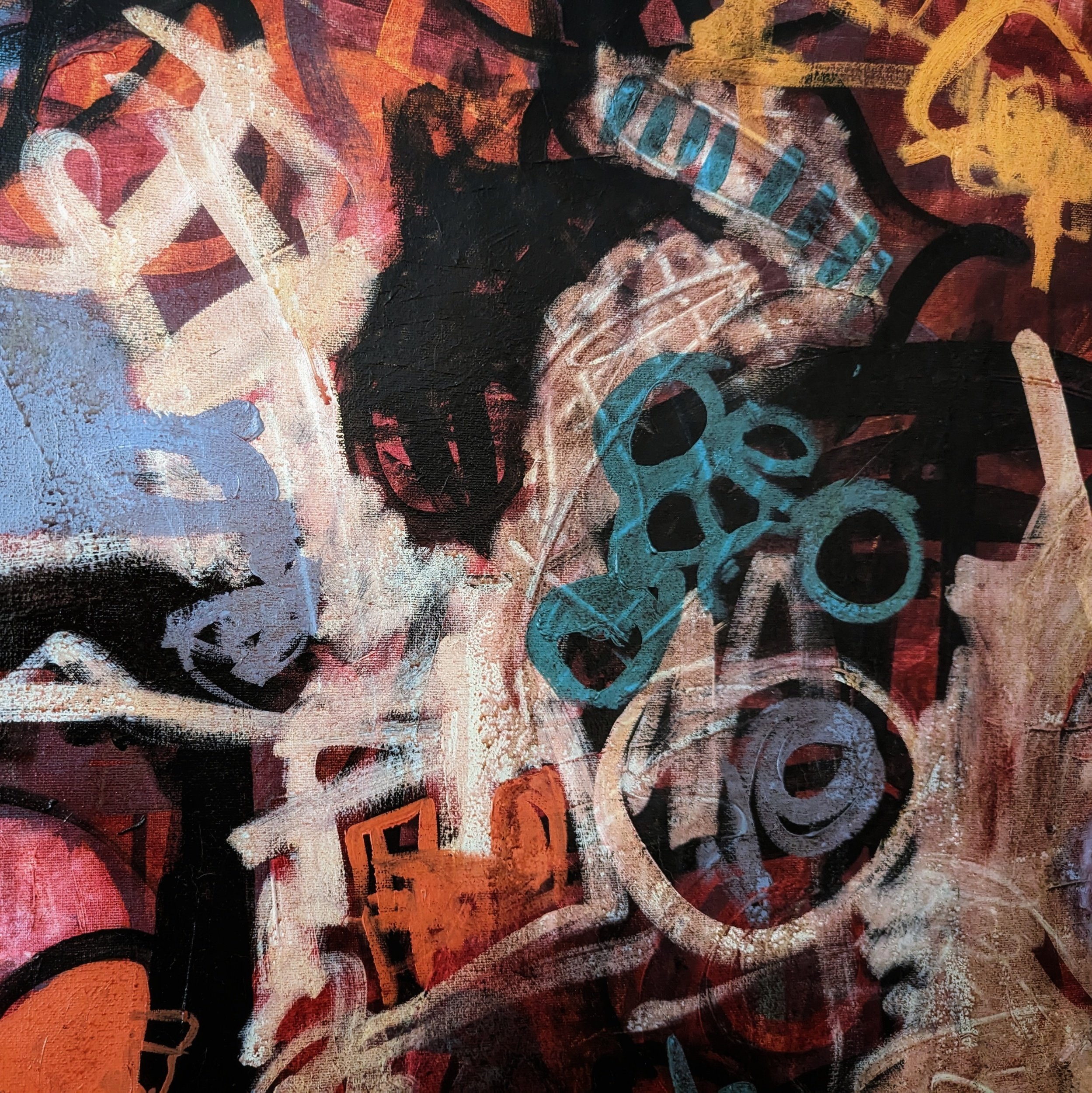
Dream #6
oil and acrylic on canvas
50” x 44”
2020










